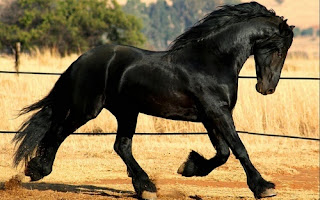Week 13 Reading Notes: Part B from The Five Tall Sons of Pandu

The story left off with Duryodhana and stealing the cattle from the castle in King Virata's kingdom. Arjuna reveals the Pandava's identity after they needed weapons to steal the cattle back from the opposing side. Duryodhana escapes knowing that Arjuna and Uttara are coming with smoke. Arjuna and his mate are still able to recuperate the cattle. Now that their exile has come to an end, they decided it was time to pursue their kingdom. The two parties have people saying to go to war and others say make peace. Krishna's brother, Satyaki, and Duryodhana decide that war will settle the beef. Even though both parties are at battle against eachother, everyone is aware that it is basically family against family. So, Krishna persuades Arjuna to obey Dharma, which is basically a set of war rules. In the first round of war, Bhisma leads the armies of Duryodhana and gain advantage. On the second day of battles, the Pandava's are able to make an impressive comeback. Duryodhana w...




